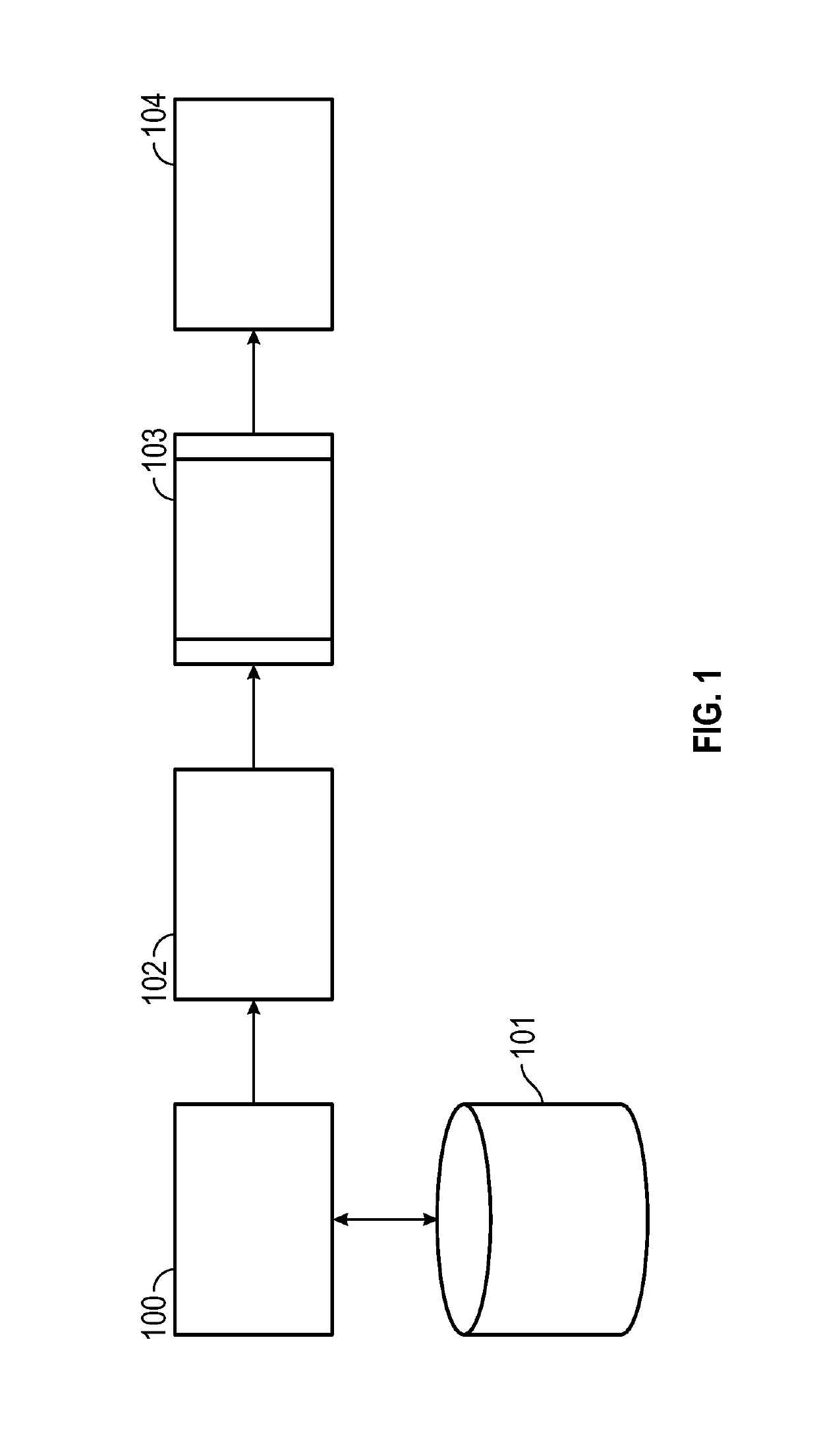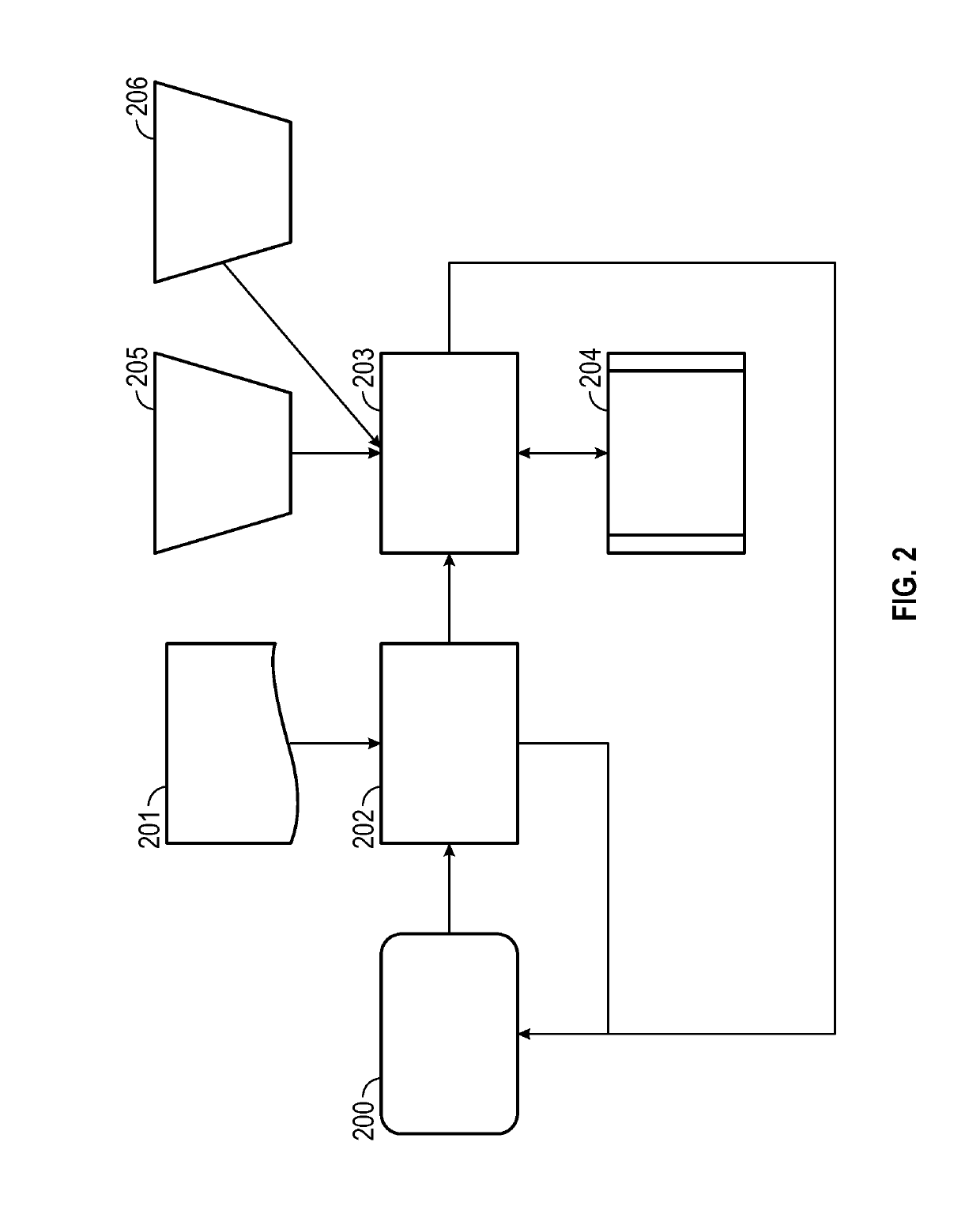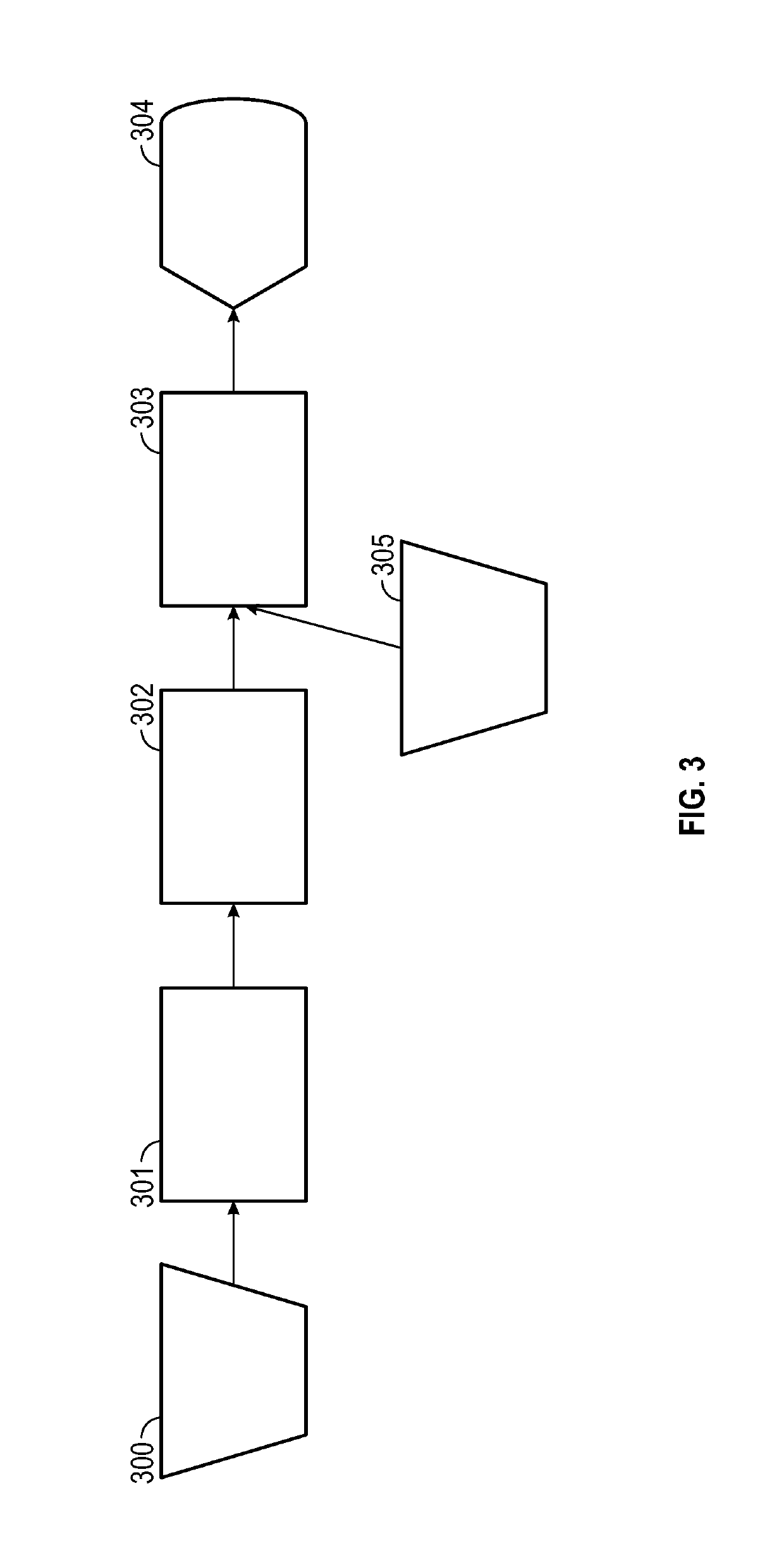Modular systems and methods for selectively enabling cloud-based assistive technologies
a technology of cloud-based assistive technology and modules, applied in the field of modules, can solve the problems of not being able to remediate sites, not being able to jump ahead, navigate through, etc., and achieve the effects of maintaining focus, enhancing user experience, and remediating websites and other user interfaces
- Summary
- Abstract
- Description
- Claims
- Application Information
AI Technical Summary
Benefits of technology
Problems solved by technology
Method used
Image
Examples
Embodiment Construction
[0026]The following detailed description of the invention is merely exemplary in nature and is not intended to limit the invention or the application and uses of the invention. Furthermore, there is no intention to be bound by any theory presented in the preceding background or the following detailed description.
[0027]Various embodiments of the present invention relate to systems and methods for bringing websites and other user interfaces into compliance with prevailing standards for accessibility by persons with disabilities. In various embodiments, this is accomplished by scanning the website and programmatically detecting issues in a robust and efficient manner, and injecting code into the HTML document object model (DOM) to facilitate both programmatically and manually remediating the issues, as described in greater detail below.
[0028]More particularly, web pages and other electronic documents accessible online (or otherwise accessible through a graphical user interface (GUI)) t...
PUM
 Login to View More
Login to View More Abstract
Description
Claims
Application Information
 Login to View More
Login to View More - R&D
- Intellectual Property
- Life Sciences
- Materials
- Tech Scout
- Unparalleled Data Quality
- Higher Quality Content
- 60% Fewer Hallucinations
Browse by: Latest US Patents, China's latest patents, Technical Efficacy Thesaurus, Application Domain, Technology Topic, Popular Technical Reports.
© 2025 PatSnap. All rights reserved.Legal|Privacy policy|Modern Slavery Act Transparency Statement|Sitemap|About US| Contact US: help@patsnap.com



